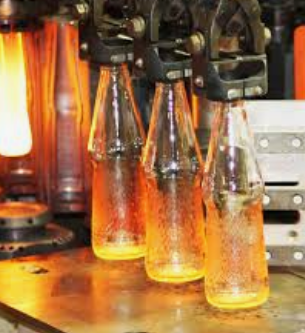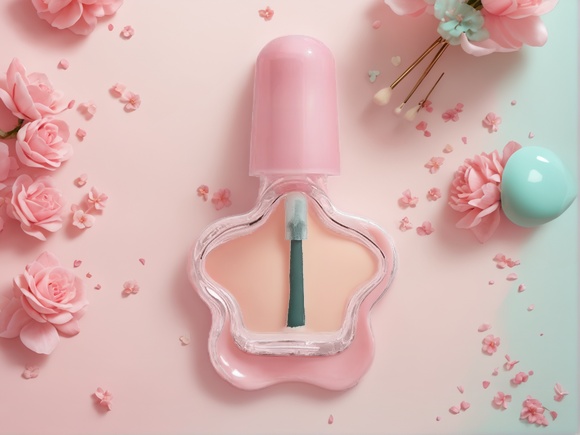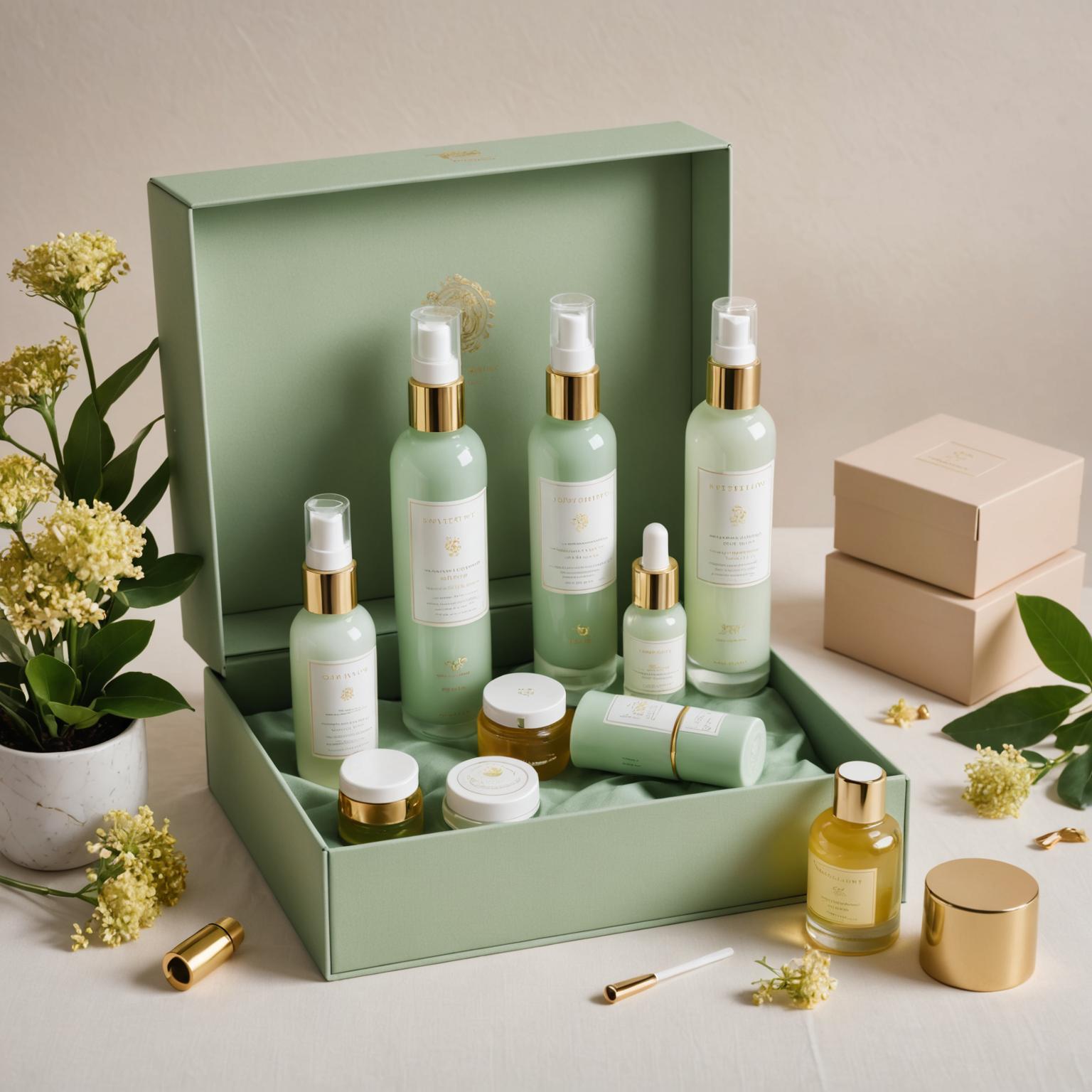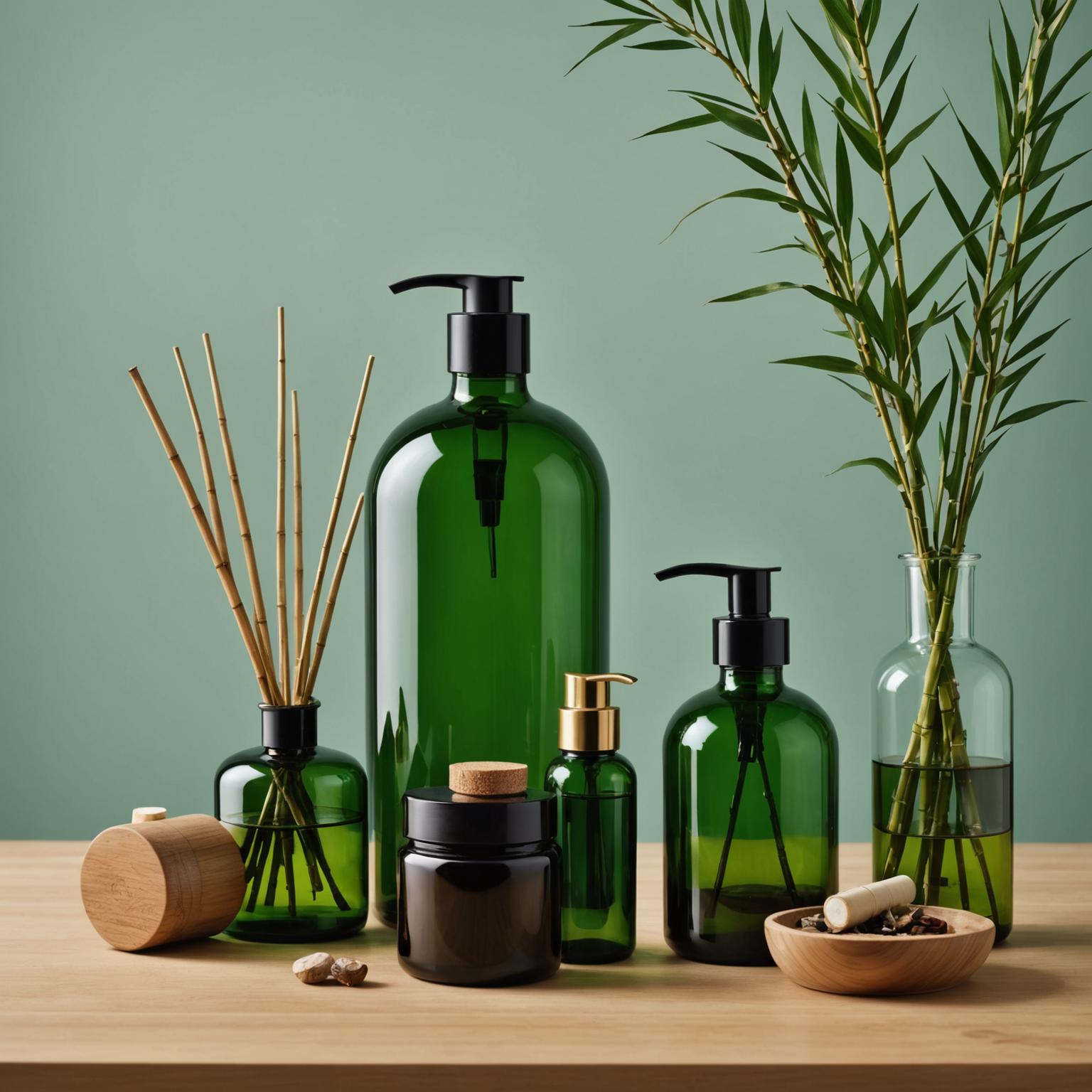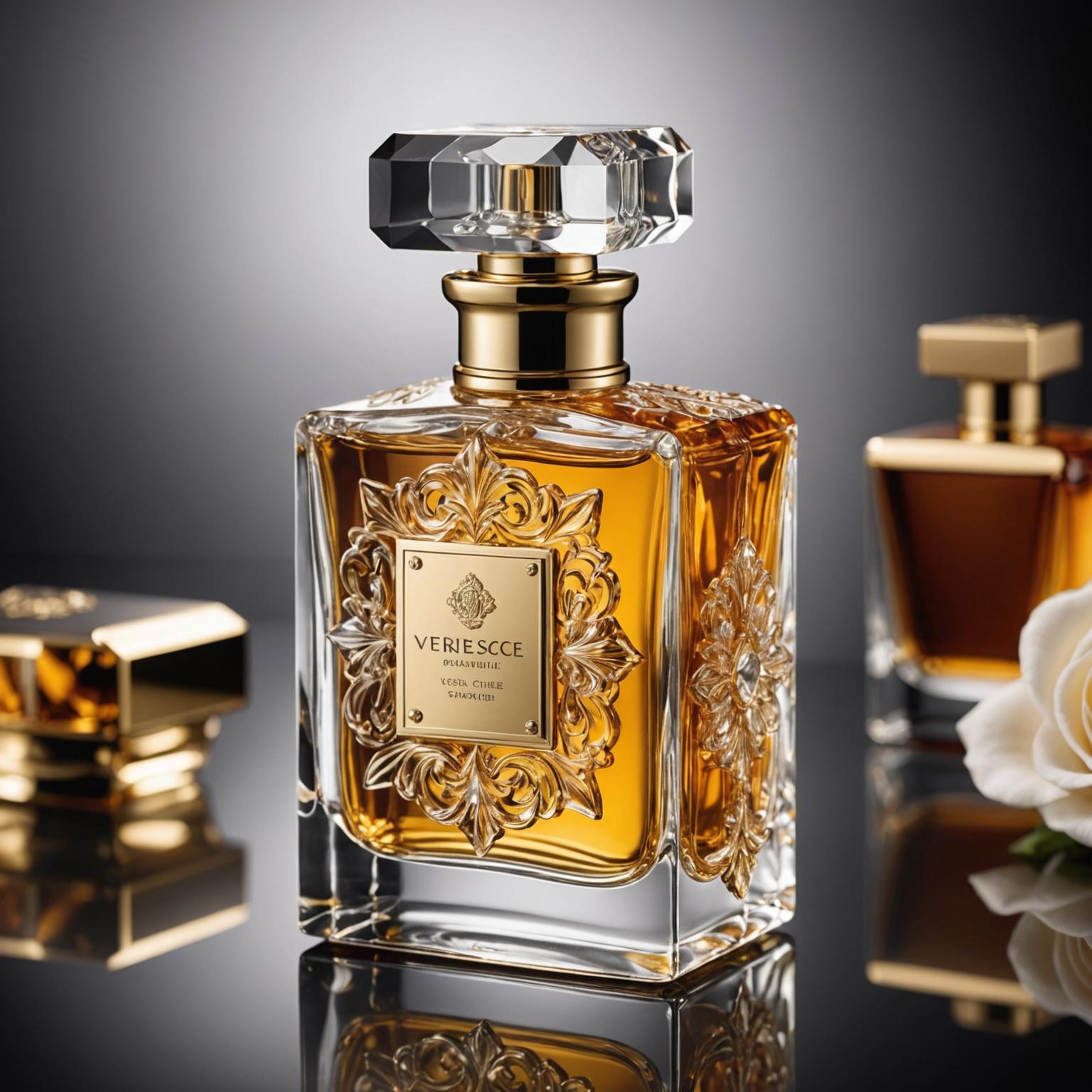Introduction
Glass bottles have been a cornerstone of packaging for centuries, prized for their durability, recyclability, and aesthetic appeal. From holding fine wines and spirits to pharmaceuticals and cosmetics, glass bottles serve diverse industries worldwide. Understanding the composition of glass bottles and the variety of types available is essential for manufacturers, brands, and consumers who value quality and sustainability. This article explores the raw materials used in glass bottle production, the manufacturing process, and the different types of glass bottles, emphasizing howPaupackingdelivers premium, customizable glass bottles that meet modern packaging demands.
Table: Overview of Glass Bottle Raw Materials and Types
| Raw Material | Purpose/Function | Common Bottle Types Made From It | Characteristics |
|---|---|---|---|
| Silica Sand | Main ingredient, forms glass structure | All glass bottles | Transparent, durable |
| Soda Ash | Lowers melting temperature | Soda lime glass bottles | Easier melting, cost-effective |
| Limestone | Adds stability and durability | Soda lime, borosilicate glass | Hardness, chemical resistance |
| Aluminum Oxide | Improves durability | Aluminosilicate glass bottles | Heat and chemical resistance |
| Magnesium Oxide | Enhances durability | Various glass types | Strengthens glass |
| Cullet (Recycled Glass) | Reduces energy consumption, promotes recycling | All glass bottles | Eco-friendly, energy-saving |
| Lead Oxide | Adds brilliance and softness (less common now) | Lead glass bottles (decorative) | Softer glass, easy to cut |
| Cobalt Oxide | Adds blue color | Cobalt glass bottles | Moderate UV protection |
| Chromium Oxide | Adds green color | Green glass bottles | UV protection |
| Carbon, Sulfur, Nickel | Adds amber/brown color | Amber glass bottles | Excellent UV protection |
Silica Sand
Silica sand is the fundamental ingredient in glass bottle production, typically constituting 70% to 75% of the batch. It provides the essential silicon dioxide (SiO2) that forms the glass network. The quality and purity of silica sand are crucial because impurities, especially iron oxides, can affect the glass's clarity and color. High-purity silica sand results in crystal-clear bottles ideal for premium products like spirits and perfumes. The sourcing of silica sand is also important; sustainable mining practices ensure minimal environmental impact.Paupackingsources high-grade silica to guarantee the clarity and strength of their glass bottles.
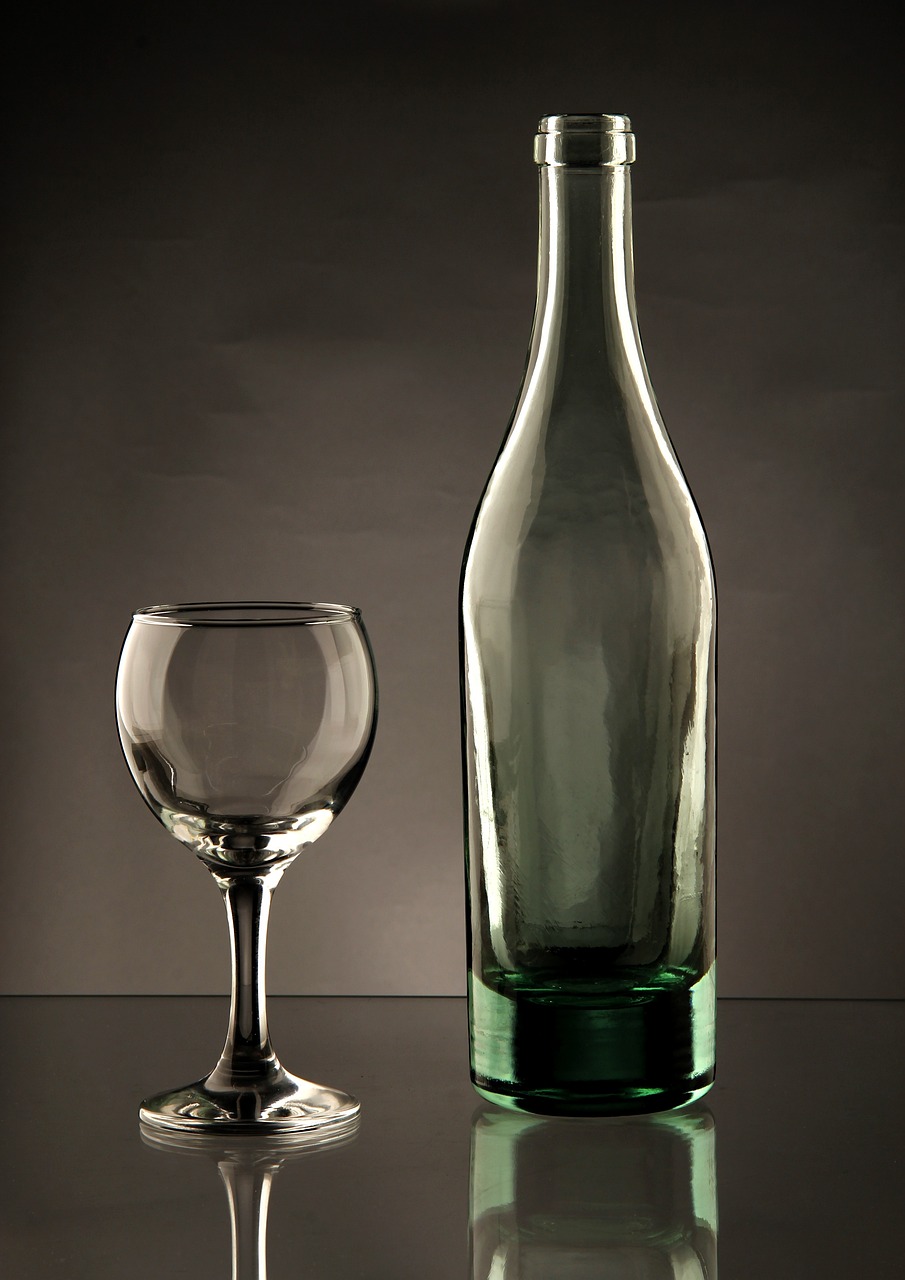
Soda Ash
Soda ash (sodium carbonate) acts as a flux, lowering the melting point of silica sand from around 1700°C to approximately 1500°C. This reduction in melting temperature saves energy and reduces production costs. Soda ash also influences the chemical durability and workability of the glass. However, excessive soda ash can make glass water-soluble, so it is balanced with stabilizers like limestone. The use of soda ash is widespread in soda lime glass, the most common type of glass bottle produced globally.
Limestone
Limestone (calcium carbonate) is added to the glass batch to improve chemical durability and hardness. It acts as a stabilizer, preventing the glass from dissolving in water or acidic contents. Limestone also enhances the mechanical strength of the glass, making bottles more resistant to breakage during handling and transportation. The precise amount of limestone affects the melting behavior and final properties of the glass.Paupackingcarefully calibrates limestone content to optimize bottle performance for various applications.

Aluminum Oxide and Magnesium Oxide
Aluminum oxide (Al2O3) and magnesium oxide (MgO) are minor but vital additives that improve the glass's chemical resistance and mechanical strength. Aluminum oxide enhances thermal stability, making glass bottles suitable for hot-fill applications or products requiring sterilization. Magnesium oxide contributes to the hardness and scratch resistance of the glass surface. These oxides are especially important in specialty glasses like aluminosilicate glass, which is used for high-performance packaging. PauPack incorporates these oxides in their advanced glass formulations to meet demanding industry standards.
Cullet (Recycled Glass)
Cullet refers to recycled glass crushed into small pieces and added to the raw material batch. Using cullet is environmentally beneficial because it melts at a lower temperature than raw materials, significantly reducing energy consumption and CO2 emissions. Incorporating cullet also conserves natural resources and reduces landfill waste. Depending on the manufacturing process and product requirements, cullet can constitute 25% to 60% of the batch.www.paupacking.comemphasizes sustainability by maximizing cullet usage without compromising glass quality.
Other Additives
To achieve specific colors and functional properties, various metal oxides and compounds are added:
-
Cobalt oxide produces striking blue glass, often used for decorative bottles and specialty spirits.
-
Chromium oxide creates green glass, commonly used for wine bottles to provide moderate UV protection.
-
Carbon, sulfur, and nickel yield amber glass, renowned for excellent UV filtration, ideal for beer and pharmaceuticals.
-
Manganese and nickel oxides can produce purple or amethyst glass, popular in decorative and collector bottles.
-
Calcium, phosphates, fluorides, zinc oxide, and tin are used to create opaque or milk glass, which protects light-sensitive contents.
Raw Material Preparation and Batching
The production process begins with precise weighing and mixing of raw materials to form a homogeneous batch. Advanced batching systems ensure consistent proportions, critical for maintaining glass quality and performance. The batch includes silica sand, soda ash, limestone, cullet, and colorants or additives as needed. Proper mixing prevents defects such as bubbles or inclusions in the final glass.
Melting the Raw Materials
The batch is fed into a furnace operating at temperatures around 1600°C (2912°F). The intense heat melts the raw materials into a molten glass mass. This molten glass, called a gob or blob, is continuously stirred to ensure uniformity. The furnace design and fuel type (natural gas, electricity, or oil) impact energy efficiency and emissions. Modern glass plants, including those supplyingwww.paupacking.com, utilize cutting-edge furnace technology to optimize melting and reduce environmental impact.
Forming the Glass Bottle
Molten glass gobs are cut to precise weights and fed into forming machines. Two primary forming methods are used:
-
Press and Blow: Suitable for wide-mouth containers like jars. The gob is pressed into a preliminary shape (parison) before being blown into the final mold. This method offers excellent control over bottle shape and thickness.
-
Blow and Blow: Used for narrow-neck bottles such as wine and beer bottles. The gob is first blown to form the neck and then blown again to form the body, ensuring precise neck finishes critical for closures.
The forming process is highly automated, enabling mass production with tight tolerances.Paupackingemploys advanced forming techniques to create custom bottle shapes and sizes with consistent quality.
Annealing
After forming, bottles enter an annealing lehr, a temperature-controlled kiln where they cool gradually. This slow cooling relieves internal stresses caused by uneven contraction during solidification. Proper annealing prevents cracking, improves mechanical strength, and extends bottle life. The annealing schedule varies depending on glass composition and bottle thickness.
Inspection and Quality Control
Finished bottles undergo rigorous inspection using automated optical systems and manual checks. Defects such as bubbles, stones, cracks, or shape irregularities lead to rejection and recycling. Quality control ensures bottles meet industry standards for strength, clarity, and dimensional accuracy.www.paupacking.commaintains strict quality protocols to deliver flawless products.
Flint Glass
Flint glass is prized for its clarity and colorlessness, making it ideal for premium spirits, perfumes, and high-end beverages. It allows consumers to view the product clearly, enhancing perceived quality. The manufacturing process requires high-purity raw materials and precise control to avoid discoloration.
Frosted Glass
Frosted glass is created by acid etching or sandblasting clear glass surfaces, resulting in a matte, opaque finish. It offers a soft, elegant aesthetic popular in cosmetics and luxury packaging. Frosted bottles can also be combined with screen printing or labeling for sophisticated branding.
Cobalt Glass
Cobalt glass is distinguished by its deep blue hue, achieved by adding cobalt oxide during melting. It provides moderate UV protection and is often used for specialty spirits or decorative bottles. The rich color adds visual appeal and differentiation on shelves.
Green Glass
Green glass bottles, common in the wine industry, are made by adding chromium or copper oxides. The green tint offers some UV protection, preserving wine quality. Green glass also evokes tradition and naturalness, aligning with consumer expectations.
Amber Glass
Amber or brown glass is highly effective at blocking UV light, protecting beer, pharmaceuticals, and other light-sensitive products. The color results from carbon, sulfur, and nickel additives. Amber bottles are ubiquitous in the beer industry due to their protective qualities.
Black Glass
Black glass offers superior light protection and a premium look. It is produced by adding high levels of iron and other compounds. Black bottles are often used for luxury spirits and cosmetics, conveying exclusivity.
Purple and Amethyst Glass
Purple or amethyst glass is created by adding manganese or nickel oxides. These colors are less common but highly decorative, often used for collector bottles or limited editions.
Blue Glass
Blue glass bottles use copper and cobalt oxides, prized for their aesthetic appeal and moderate UV protection. They are popular in the spirits and cosmetic sectors.
Opaque (Milk) Glass
Opaque or milk glass is produced by adding calcium, phosphates, fluorides, and zinc oxide. It is used when complete light protection is necessary, such as in pharmaceuticals and certain food products.
Specialty Glass Types
-
Lead Glass: Known for brilliance and softness, used mainly for decorative items, not food packaging due to toxicity.
-
Soda Lime Glass: The most common glass type, used in most beverage bottles due to cost-effectiveness and durability.
-
Borosilicate Glass: Resistant to thermal shock, used in laboratory glassware and cookware.
-
Fused Quartz: Extremely pure and transparent, resistant to heat and weathering.
-
Aluminosilicate Glass: Contains aluminum oxide for superior heat and chemical resistance, used in specialty packaging.
Applications of Different Glass Bottle Types
Each glass type is tailored to specific industries:
-
Flint Glass: Used for premium spirits, perfumes, and luxury beverages where clarity is key.
-
Frosted Glass: Popular in cosmetics and upscale packaging for its elegant appearance.
-
Cobalt and Blue Glass: Specialty spirits, decorative bottles, and cosmetics.
-
Green and Amber Glass: Wine, beer, and pharmaceuticals requiring UV protection.
-
Opaque Glass: Pharmaceuticals and food products needing complete light blockage.
-
Borosilicate and Aluminosilicate Glass: Laboratory, industrial, and high-performance packaging.
Sustainability and Recycling of Glass Bottles
Glass is infinitely recyclable without quality loss. Incorporating cullet reduces raw material use and energy consumption, lowering carbon emissions. Recycling glass also minimizes landfill waste and conserves natural resources.www.paupacking.comemphasizes sustainability by maximizing recycled content and employing energy-efficient manufacturing processes, supporting global environmental goals.
Why ChoosePaupackingfor Glass Bottles?
Paupackingcombines advanced technology, sustainable practices, and customization to deliver superior glass bottles. Their offerings include:
-
Custom shapes, sizes, and colors tailored to brand identity.
-
High recycled content and eco-friendly production.
-
Rigorous quality control for durability and aesthetics.
-
Global logistics ensuring timely delivery.
-
Collaboration with clients to innovate packaging solutions.
Choosing PauPack ensures your packaging is both beautiful and responsible.
Conclusion
Glass bottles are sophisticated products crafted from a precise blend of natural materials and advanced manufacturing techniques. Their diverse types and colors cater to a wide range of industries and applications, balancing functionality with aesthetic appeal. Understanding the composition and production of glass bottles allows brands and consumers to appreciate their value and sustainability.www.paupacking.comstands ready as a trusted partner, offering premium, eco-friendly glass bottles tailored to your needs, combining tradition with innovation for the future of packaging.




